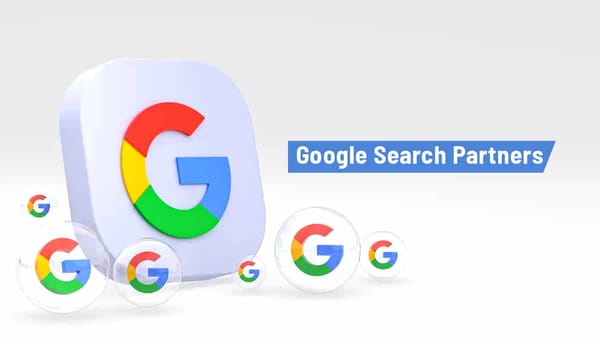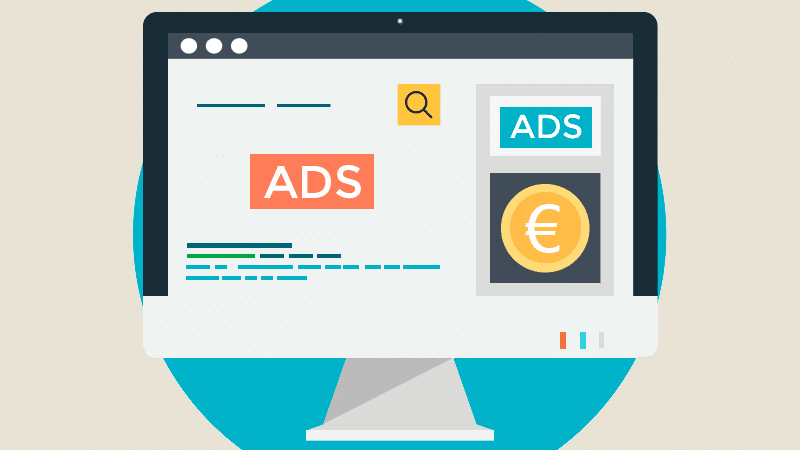Meta Ads vs Google Ads: Which Advertising Platform is Right for Your Business?

Introduction
In today’s digital world, advertising is a key factor for driving traffic, increasing brand visibility, and boosting sales. Two of the most widely used advertising platforms are Meta Ads (formerly Facebook Ads) and Google Ads. Both platforms offer unique features and benefits, but choosing the right one can be a tough decision.
In this article, we’ll dive into the differences between Meta Ads and Google Ads, helping you decide which platform suits your business needs and goals.
What Are Meta Ads?
Meta Ads are ads shown across Facebook, Instagram, Messenger, and the Audience Network. As a part of Meta’s ecosystem, these ads allow businesses to reach their target audience on some of the most popular social media platforms worldwide.
The key features of Meta Ads include:
- Audience Targeting: You can target users based on their interests, behaviors, and demographics, allowing for highly specific audience segmentation.
- Creative Ad Formats: Meta Ads offer a variety of formats like carousel ads, story ads, and video ads, which makes it easier to create visually engaging campaigns.
- Cost Control: You can set daily or lifetime budgets and adjust bids based on your goals.
Meta Ads are ideal for building brand awareness, engaging users, and driving conversions on social media.
What Are Google Ads?
Google Ads (formerly Google AdWords) is an advertising platform that allows businesses to run ads across the Google search engine, YouTube, Google Display Network, and more. With its highly effective search engine advertising, Google Ads enables businesses to target people based on the keywords they search for.
Key features of Google Ads include:
- Search Engine Advertising: Google Ads focuses on capturing the attention of users actively searching for your product or service.
- Extensive Reach: Ads can appear across Google search results, YouTube, Gmail, and partner websites, giving you access to a vast audience.
- Precise Keyword Targeting: You can target keywords related to your products or services, ensuring your ads appear when users search for specific terms.
Google Ads are great for driving targeted traffic, reaching high-intent customers, and generating sales leads.
Meta Ads vs Google Ads: A Comparison
When it comes to comparing Meta Ads and Google Ads, both platforms have their strengths, and the best choice depends on your business goals. Here’s a breakdown of key differences between the two:
Audience Targeting
Meta Ads provide advanced demographic and interest-based targeting options, making it easier to reach specific customer segments. With Google Ads, you primarily target users based on their search queries, making it ideal for capturing intent-driven traffic.
Ad Formats
Meta Ads shine in visual content. With options like carousel ads, Instagram stories, and video ads, Meta allows for highly creative and engaging campaigns. Google Ads, however, is more focused on text-based ads, particularly in search results, though it also offers display ads on the Google Display Network and YouTube.
Customer Intent
Google Ads targets users with high intent who are actively searching for products or services, making it ideal for businesses looking to convert those users into customers immediately. Meta Ads, on the other hand, focuses more on brand awareness, engagement, and user interaction, as users are not necessarily searching for your product but might still be interested in it.
Budget and Cost
Both platforms offer flexibility in budgeting, but Google Ads tends to have a higher cost-per-click (CPC), especially for competitive keywords. Meta Ads typically have a lower CPC and are often more cost-effective for businesses focused on brand awareness and lead generation.
Campaign Objectives
- Meta Ads: Best for building brand awareness, retargeting users, and engaging social media users.
- Google Ads: Best for capturing high-intent traffic, search engine visibility, and direct conversions.
Which One Should You Choose?
Ultimately, the choice between Meta Ads and Google Ads depends on what you want to achieve with your advertising campaigns.
- If your goal is to increase brand awareness, engage users, or build a social media presence, Meta Ads is a powerful choice.
- If you’re focused on driving immediate conversions, targeting high-intent customers, or increasing search visibility, Google Ads is the way to go.
In many cases, businesses use both platforms in tandem to create a well-rounded advertising strategy that targets users at different stages of the buyer’s journey.
Conclusion
Both Meta Ads and Google Ads are essential tools in the world of digital marketing. While Meta Ads excels in audience engagement and social media visibility, Google Ads stands out when it comes to search engine visibility and high-intent traffic.
By understanding the strengths of each platform, you can develop a comprehensive advertising strategy that meets your unique business goals and maximizes your ROI.
Start by assessing your objectives, and don’t be afraid to experiment with both platforms to find the right mix for your business.




